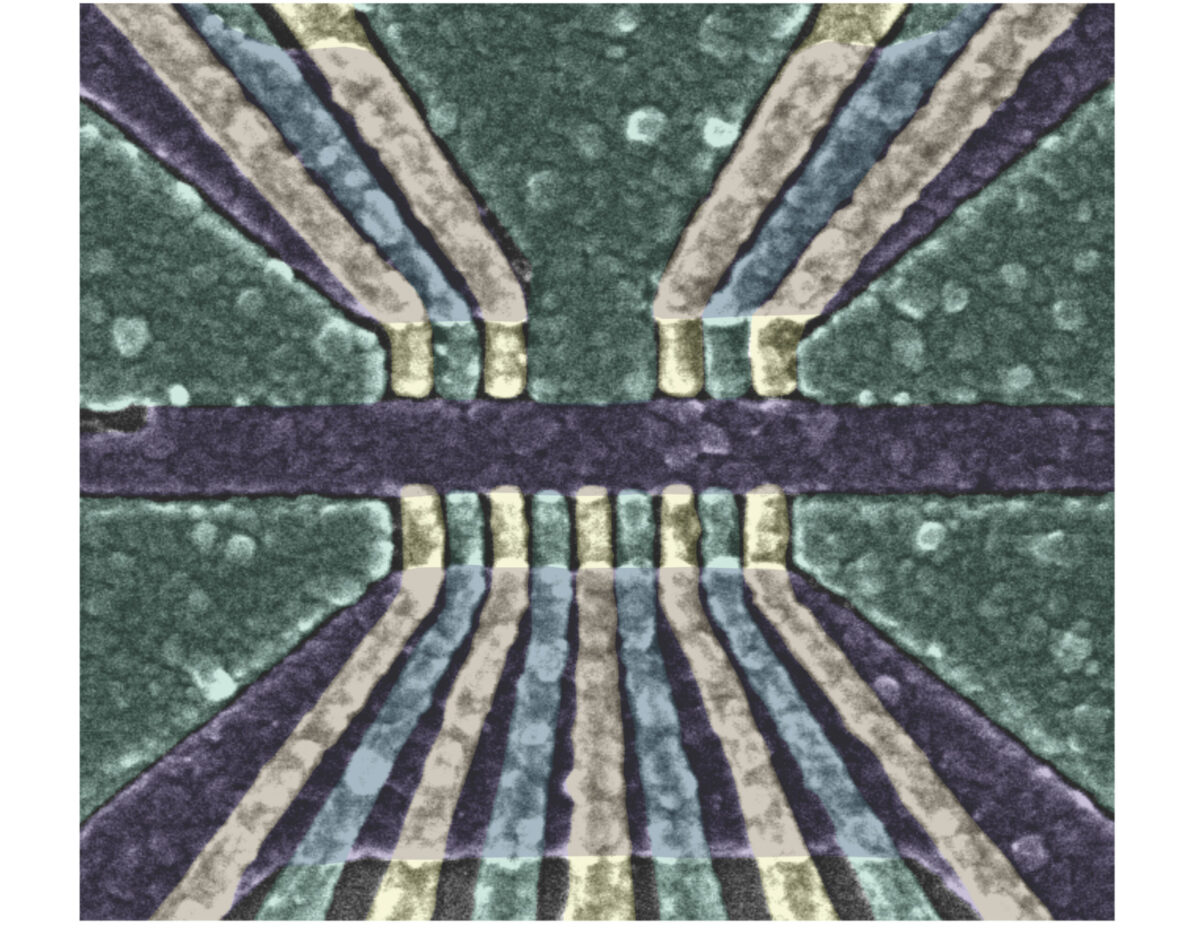
Classical computers rarely make mistakes, thanks largely to the digital behavior of semiconductor transistors. They are either on or they’re off, corresponding to the ones and zeros of classical bits.
On the other hand, quantum bits, or qubits, can equal zero, one or an arbitrary mixture of the two, allowing quantum computers to solve certain calculations that exceed the capacity of any classical computer. One complication with qubits, however, is that they can occupy energy levels outside the computational one and zero. If those additional levels are too close to one or zero, errors are more likely to occur.
“In a classical computer, all the aspects of a transistor are super uniform,” says UW–Madison Distinguished Scientist Mark Friesen, an author on both papers. “Silicon qubits are in many ways like transistors, and we’ve gotten to the stage where we can control the qubit properties very well, except for one.”
That one property, known as the valley splitting, is the buffer between the computational one-zero energy levels and the additional energy levels, helping to reduce quantum computing errors.
In two papers published in Nature Communications in December, researchers from the University of Wisconsin–Madison, the University of New South Wales and TU-Delft showed that tweaking a qubit’s physical structure, known as a silicon quantum dot, creates sufficient valley splitting to reduce computing errors. The findings turn conventional wisdom on its head by showing that a less perfect silicon quantum dot can be beneficial.